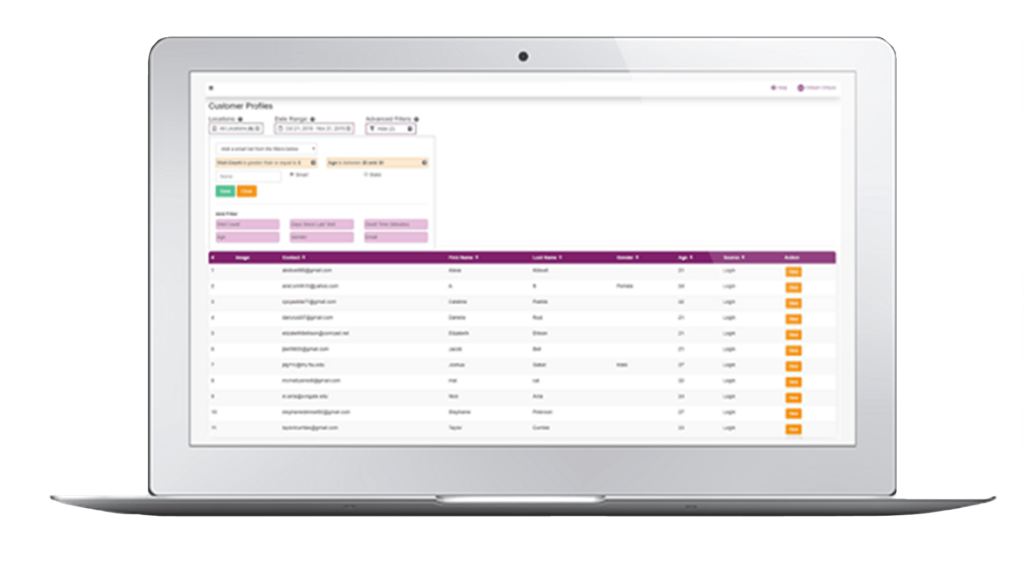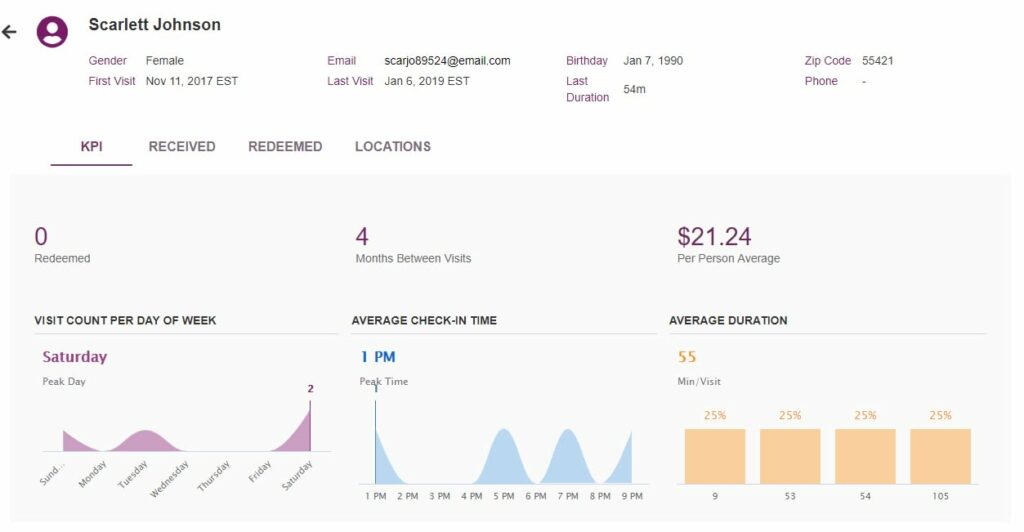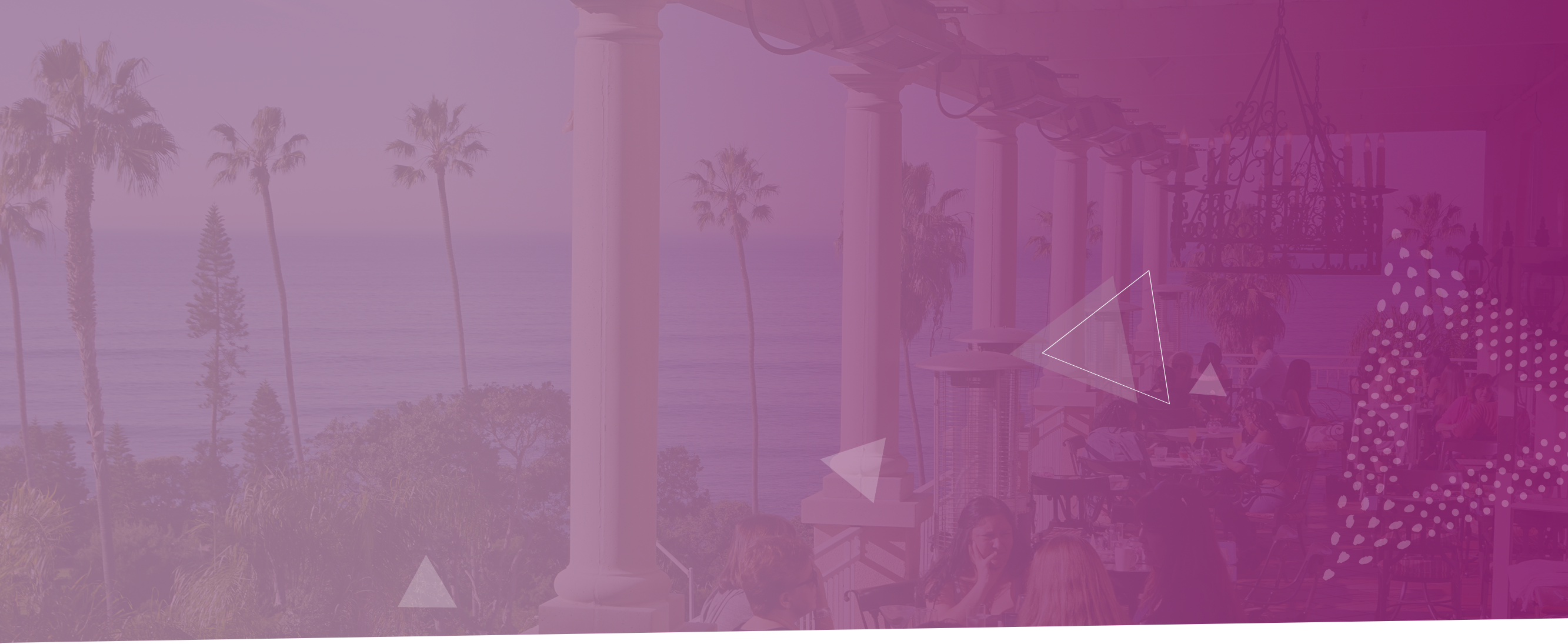Building large restaurant customer databases are a fundamental necessity for not only successful restaurant marketing, but to help ensure a consistent revenue stream when times get tough.
If you are not working to build your own customer database, or you don’t have one at all, you are simply leaving money on the table.
So, your first area of focus should be to start building a list. Or, if you have one, to quickly grow it with more customers, and more data.
Why Are Restaurant Customer Databases So Important?
 Simply put, having your own customer database to market to means you don’t have to pay for – or rely on – someone else’s email list or advertising platform.
Simply put, having your own customer database to market to means you don’t have to pay for – or rely on – someone else’s email list or advertising platform.
Without your own list of customers, if you need a boost in business you are going to have to rent an email list (or pay for advertising).
While this seems like a viable alternative, these lists can be shockingly expensive.
Likewise, you’ll have to pay them again to send more messages. If your business is already in need of more revenue, this option just doesn’t make sense.
Also, many of these lists are built without receiving permission from the contacts themselves. They have not “opted in” to the list.
Sending a message to a list like this can land you and your business in a bad position. These contacts will be much less likely to trust your restaurant.
With business reputation so important in today’s restaurant industry, taking any type of hit in terms of reputation can directly correlate to a decrease in revenue.
They also often report your mail as spam to your email provider. When this happens, your email provider may suspend emailing from your account.
On top of sending unwanted emails to an expensive third-party list, having your own customer list will save on advertising costs. If you have your own (free) list to market to, you won’t be forced to pay for advertising online, or in your local offline community.
How Can a Restaurant Customer Database Help When Times Are Tough?
As discussed above, having your own database of customers can save on costs. Likewise, it can also become a powerful security blanket during tough times.
Sometimes government regulations can create a tremendous burden on your business. Other times the economy is simply down, and consumer spending declines.
Whatever the reason, there will be times when you need to get your brand in front of your customers’ eyes.
For instance, when the Coronavirus outbreak occurred, restaurants were forced to close their doors to on-premise dining. Those with a large restaurant customer database were able to quickly pivot their messaging to delivery and curbside-related marketing.
They were able to let their customer know that they were offering free delivery, curbside pickup or packaged meals for freezing, or even a free roll of toilet paper with every order.
This allowed these restaurants to maintain a revenue stream while countless thousands of other restaurants were closing for business.
Let’s discuss exactly what a customer database is and how it can be used whether times are tough or not.
What Is A Restaurant Customer Database?
Restaurant customer databases are digital lists of customer names, email addresses, phone numbers and even postal codes. Each individual customer’s collection of information is referred to as a customer profile.
They can also include demographic information such as age, birthday, and gender. Additionally, they can include customer behavior data and spending habits.

Traditionally, building customer profiles was a time-consuming process. It involved customers filling out customer comment cards or having wait-staff collect the information one person at a time.
Building a customer database was slow, expensive, and many times contained incorrect information such as wrong email addresses.
Most restaurant owners and operators simply gave up.
Fortunately, there is a solution that will completely automate your customer profile data collection. Without lifting a finger you will be generating a huge customer database you can use for restaurant marketing campaigns.
And it can be an invaluable tool in emergency situations or when times are tough. More on this below.
What Data Is In A Customer Database?
Restaurant customer databases can only be as effective as the data contained in each customer profile.
In other words, if you only collect names and email addresses, your marketing campaigns will be very limited in terms of segmentation, targeted messaging, and ROI.
On the other hand, if you know a customer’s birthday, age and gender, you can send them much more appropriate messages that are more interesting and engaging.
Likewise, if you know their behavior data, such as what times or days they visit your restaurant, you can target your messaging even further.
Compared to mass-messaging, targeted and personalized messaging has proven to be much more effective. The more targeted, the higher the ROI.
Here are the data that the Bloom Intelligence platform collects for you.
Demographic Data
- Customer Name – with the customer’s name, you can personalize your messaging. For instance, instead of starting your message with “Hello!” you can say “Hello James!” instead.
- Contact Information – this is obviously the most important of the data points. With an email or phone number, you can send emails and texts with your targeted messages.
- Age, Birthday, and Gender – this data will allow you to further target your messaging. For instance, you can send a promotional message to women over 35, while sending a completely different message to men under 35. Likewise, you can automate the sending of a birthday message.
Behavior Data
- Visit Days – what days of the week does the customer visit? If most of their visits are on, say, Monday, you could send a message that might try to get them to visit on a different day as well, increasing their lifetime value.
- Visit Times – does the customer only visit at lunchtime? Do they only visit during late-night happy hour? With this information you can send messaging promoting special events, or try to persuade them to visit at other time, further increasing their lifetime value.
- Visit Duration (Dwell Times) – this KPI shows how long the customer typically stays when they visit your restaurant. If their dwell time is low, perhaps you could send a free appetizer or dessert offer to keep them there longer.
- Per-Person Average (PPA) – this will let you know how much the customer typically spends. If their PPA is low, you might consider messaging that will increase their spending.
- Locations – if you have more than one location, Bloom can show you which locations they visited, as well as visits and dwell times per location.
- Churn Likelihood – Bloom uses machine learning and artificial intelligence to let you know if the customer is possibly churning. You can create an automated campaign to get them back through your doors.
- Ratings – If a customer gives you a bad rating you can automatically target them with an apology or a comp. If they give you a positive rating you can ask them to rate you online.
With all this data collected around each customer, the marketing campaign ideas become countless. And through this type of targeted messaging, campaign ROI will improve, customer loyalty will grow, and overall revenue will rise.
Cleaned and Verified Data Is Crucial

The data collected from the customers – email address, phone number, postal code, etc. – can often be entered incorrectly.
Whether the customer entered false information, or they simply typed it incorrectly, bad data can cripple any restaurant marketing campaign.
In addition, your employees’ data can seriously skew your behavior data – dwell time, visit days, etc.
When this happens, your messages are not making it to your customers. Likewise, when monitoring your campaigns, your results can become skewed, leading you to make unnecessary changes to your marketing strategy.
Among other cleaning mechanisms, Bloom Intelligence removes outliers, verifies email addresses and even blacklists employee devices so that you receive clean, accurate data.
This type of customer intelligence can be the difference between having a successful multi-unit operation or a failing business.
Customer Segmentation and Targeted Messaging
As mentioned above, targeted marketing can provide a huge boost to the ROI of your restaurant marketing campaigns. This is the most important reason to build large, clean customer databases.
Customer segmentation refers to looking at your database as a whole, and then separating the customer profiles into various groups based upon demographic and/or behavior data.
For instance, with Bloom, you can create a segment of younger men who visit your establishment during late-night happy hour. Then, you can send creative messaging to that group alone.
Perhaps you could send an offer to get them to visit earlier than normal for a nice dinner. Or, you could send a coupon that is only valid on Sundays during football season.
This would get them to visit at other times and increase their customer lifetime value.
Another example would be to create a segment of customers who only visit during lunchtime hours.
Then, you can send a message to that group of customers which would persuade them to come back for dinner, or happy hour after work – “and don’t forget to bring your co-workers.”
Study after study has shown that targeted marketing is much more effective than simply sending out a mass-message to your entire database.
With Bloom Intelligence, you can create as many customer segments as you wish, and you can configure the system to send the message at a specific time, on a recurring basis, or when a customer meets specific criteria (automated marketing).

Automated Marketing – Set It And Forget It
Bloom Intelligence allows you to not only create and send messages to your various customer segments, but you can also fully automate the process. After you configure the campaign, all you have to do is watch the results and make simple changes based on your results.
Using Bloom, you can quickly and easily create these automated campaigns.
As you create your messaging and configure which customer segment each message will be sent to, you are given the opportunity to send the message immediately, or create an automated campaign.
Examples of automated campaigns might include:
- Customer Ratings – once configured, this type of campaign will wait a specified amount of time after a customer leaves your restaurant. Then a message will be automatically sent asking the customer to rate their last visit on a scale of 0 – 5 stars. Their rating will be recorded in your customer database.
- Birthday Campaigns – when a customer’s birthday is recorded in the database, you can set up a message to be sent a few days prior to their birthday in an attempt to get them to visit your restaurant on their birthday. Consider adding an incentive like a free dessert.
- At-Risk Campaigns – when Bloom has identified a customer as being at risk of churning, a message can be sent to that customer automatically. With an incentive to return, we have seen Bloom users save more than 35% of their potentially churning customers.
There are many other ways to automate your messaging using the data in your restaurant customer databases.
If you are interested in finding out more about how you can use a customer database to greatly improve your marketing ROI and help save your business in troubled time, schedule a demo now, or call us at 727-877-8181.
Free Download: The Bloom Intelligence WiFi Analytics Guide
Download the Guide-

Bloom Intelligence goes above and beyond.
“They have always been attentive through whatever needs and questions we have.
They go above and beyond to make sure our team and customers stay connected while helping us with our marketing efforts.”
~ Matt Thompson, Managing Partner
Madison Social -

Great, Personalized Customer Service.
“Our company uses Bloom Intelligence as a WiFi log-in service and we really like what they do. They offer great personalized customer service. The analytics are extremely useful and the aesthetic in the marketing scheme homepage is great once the guest logs into WiFi with some options to market specifics for the business or post beautiful photography. Highly recommend.”
~ Loren
Carrabba's Original
Are You Ready to Grow Your Business with WiFi Marketing?
Find out how Bloom Intelligence’s WiFi marketing software and solutions can help build customer loyalty and increase sales.





